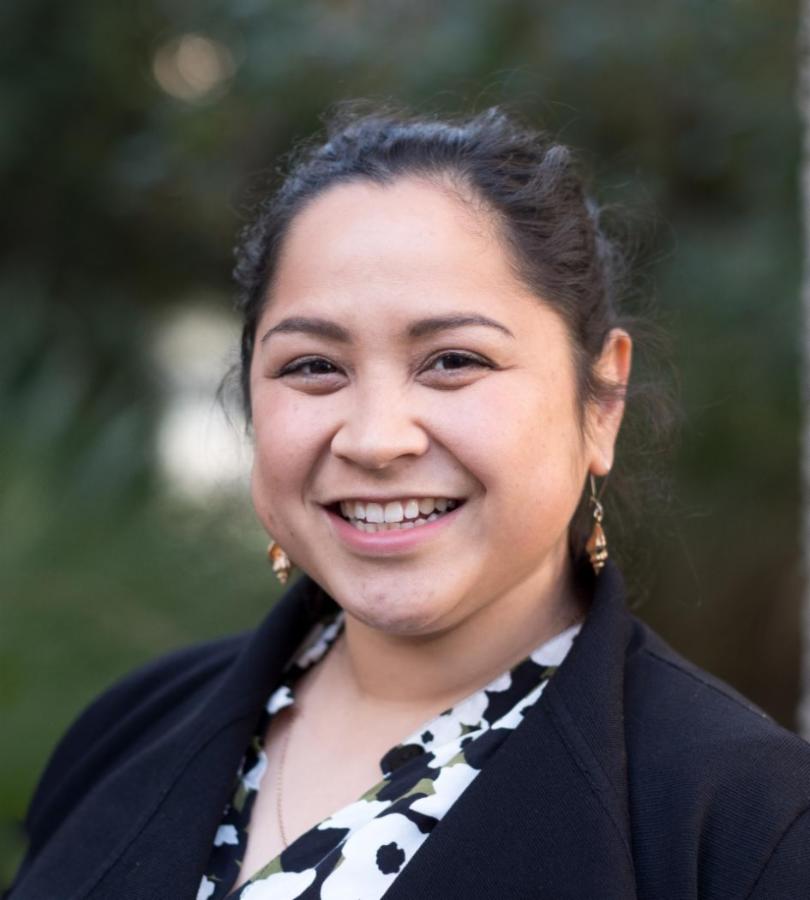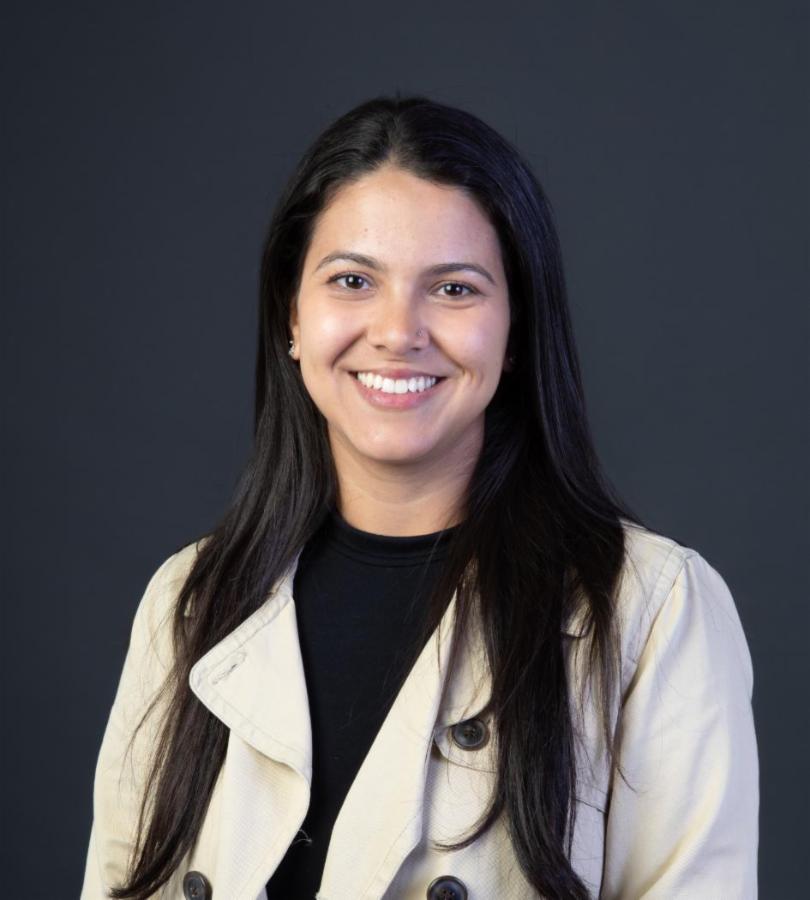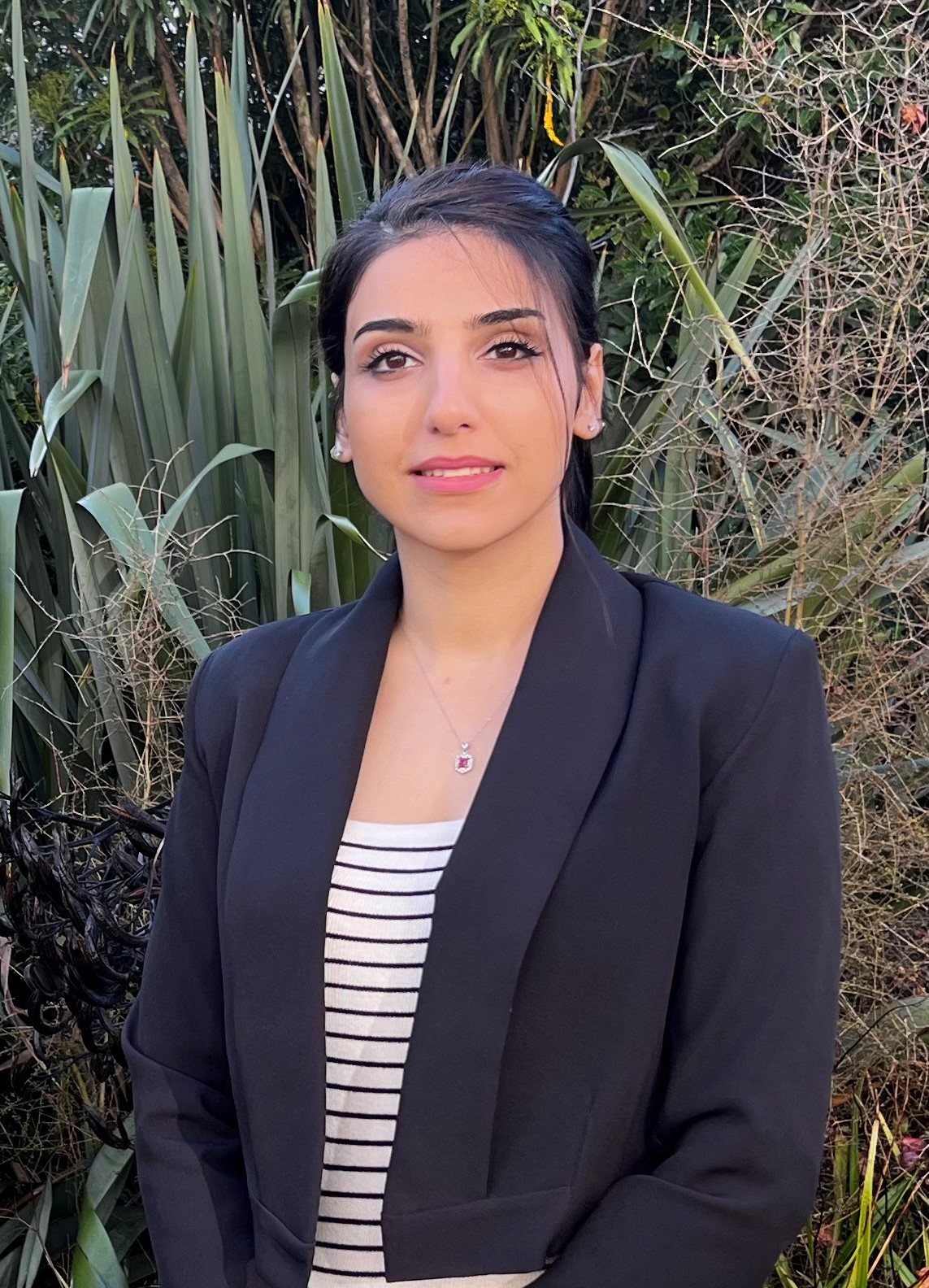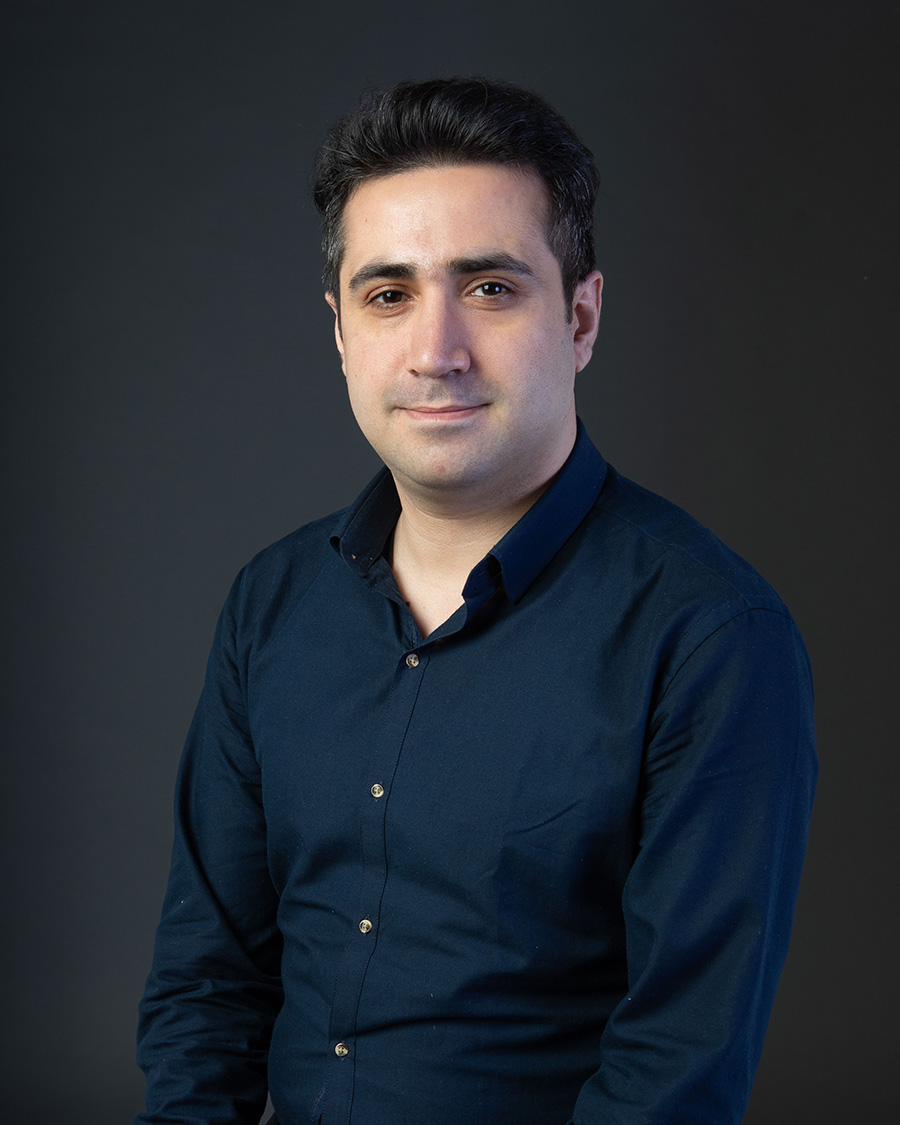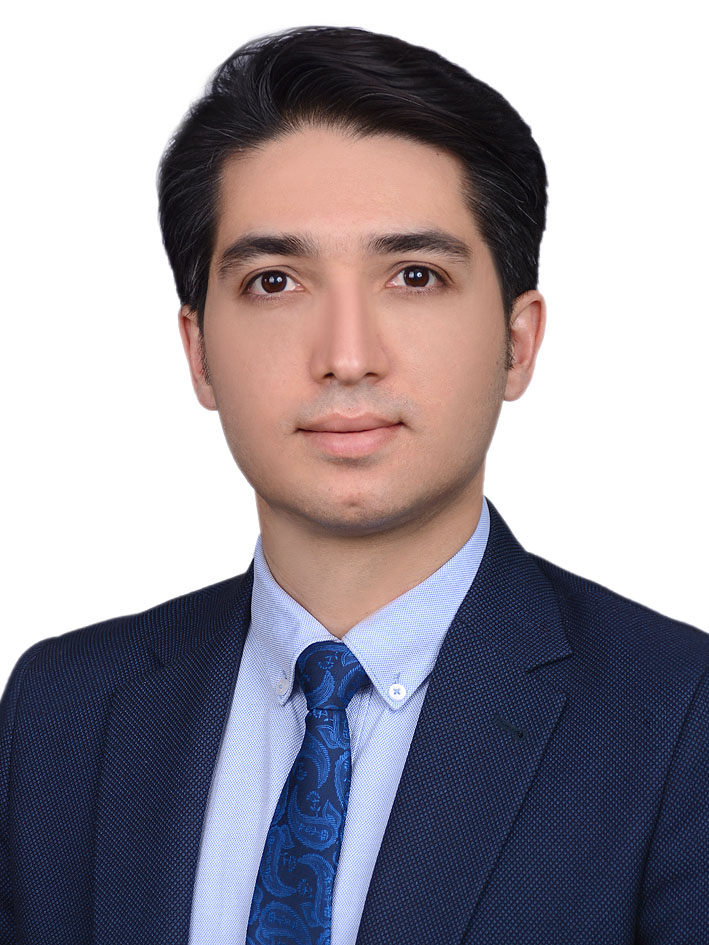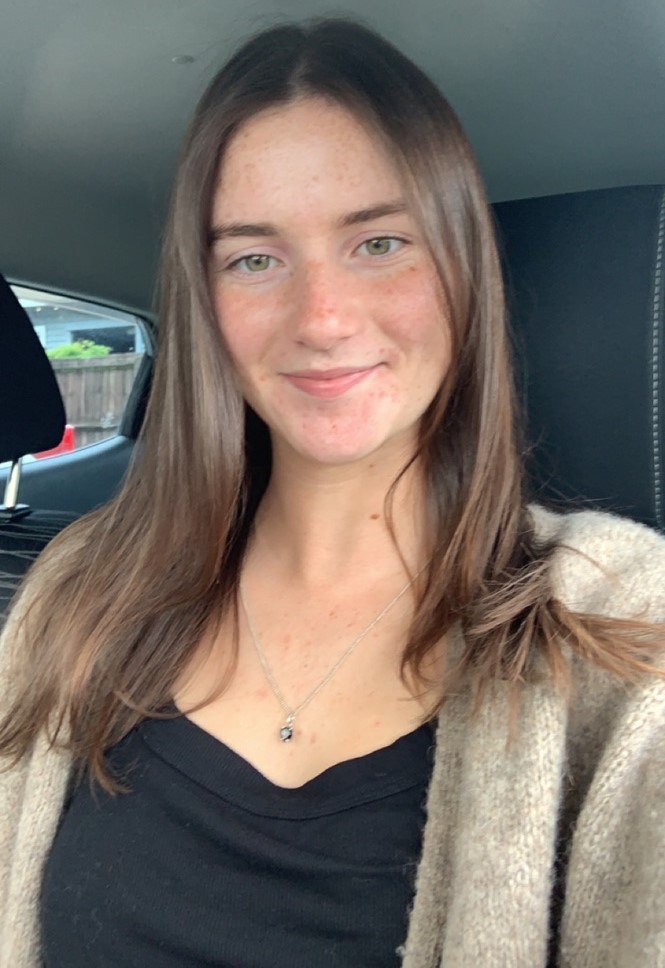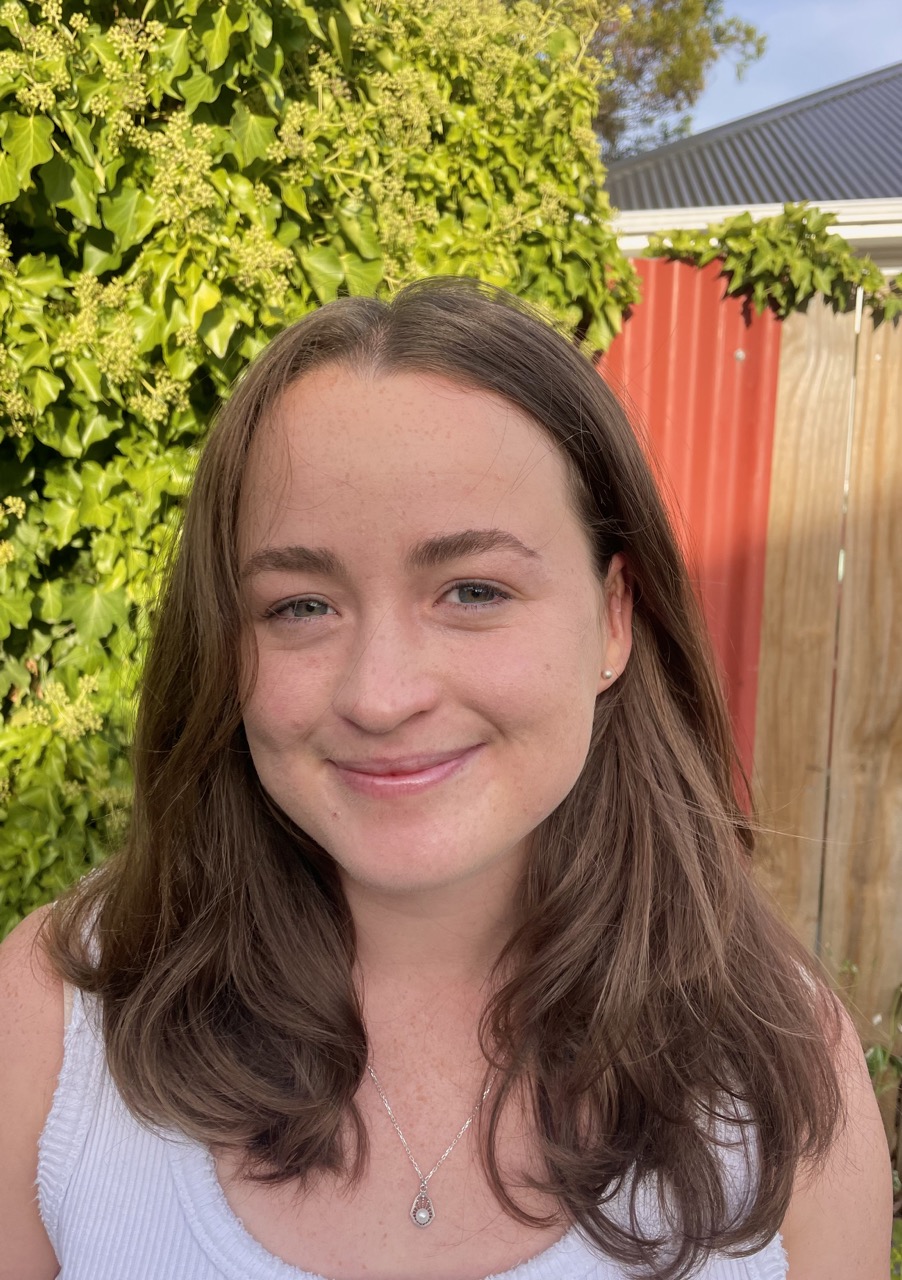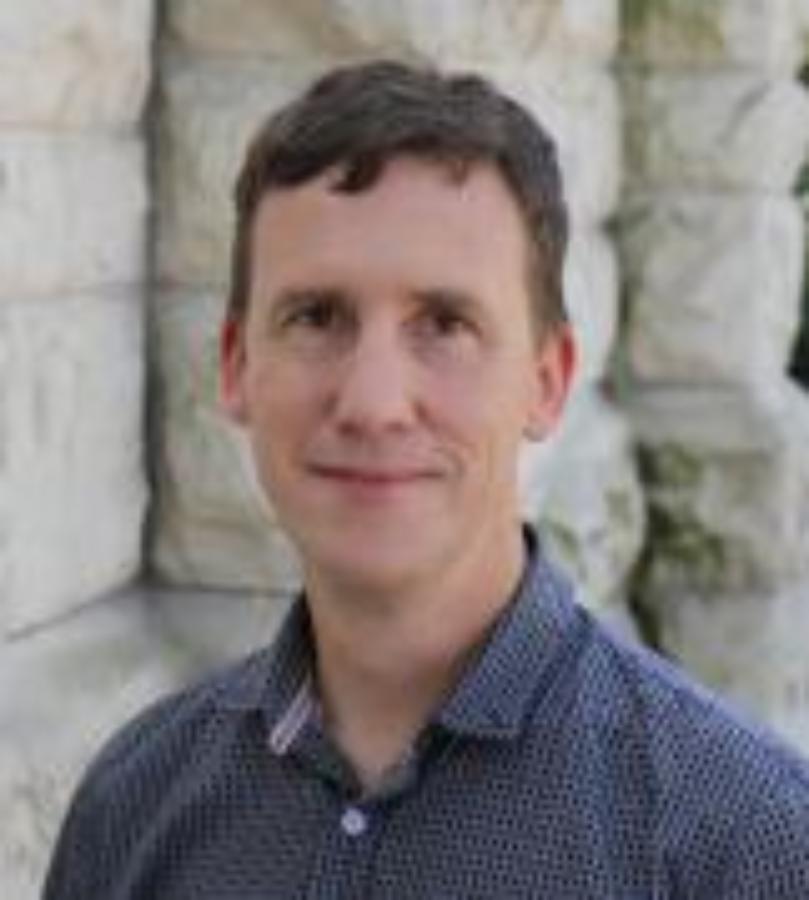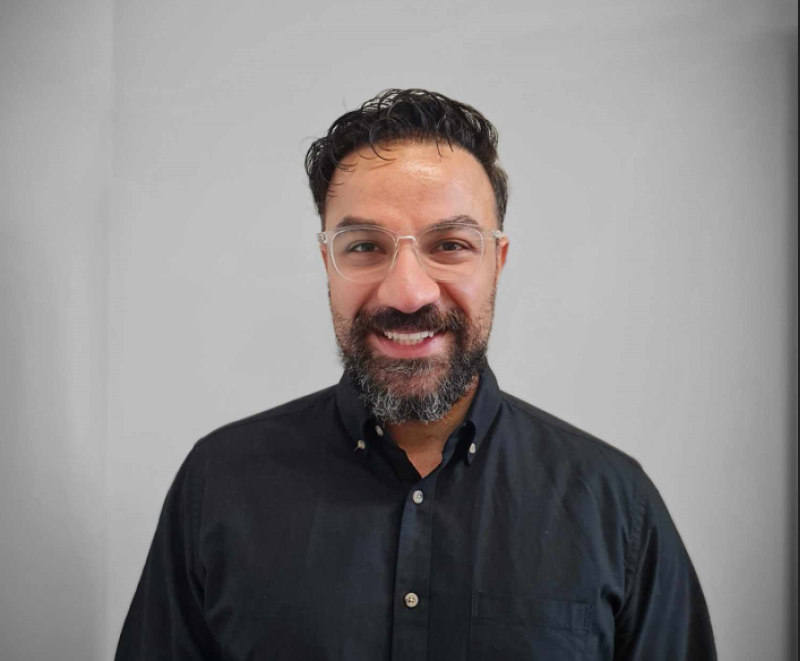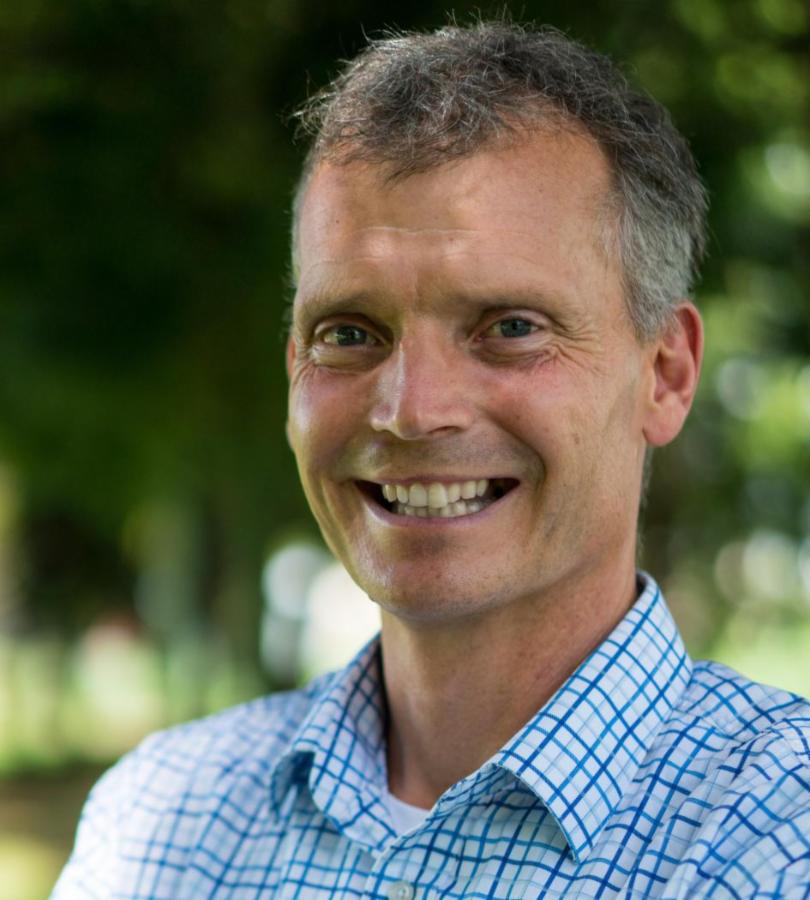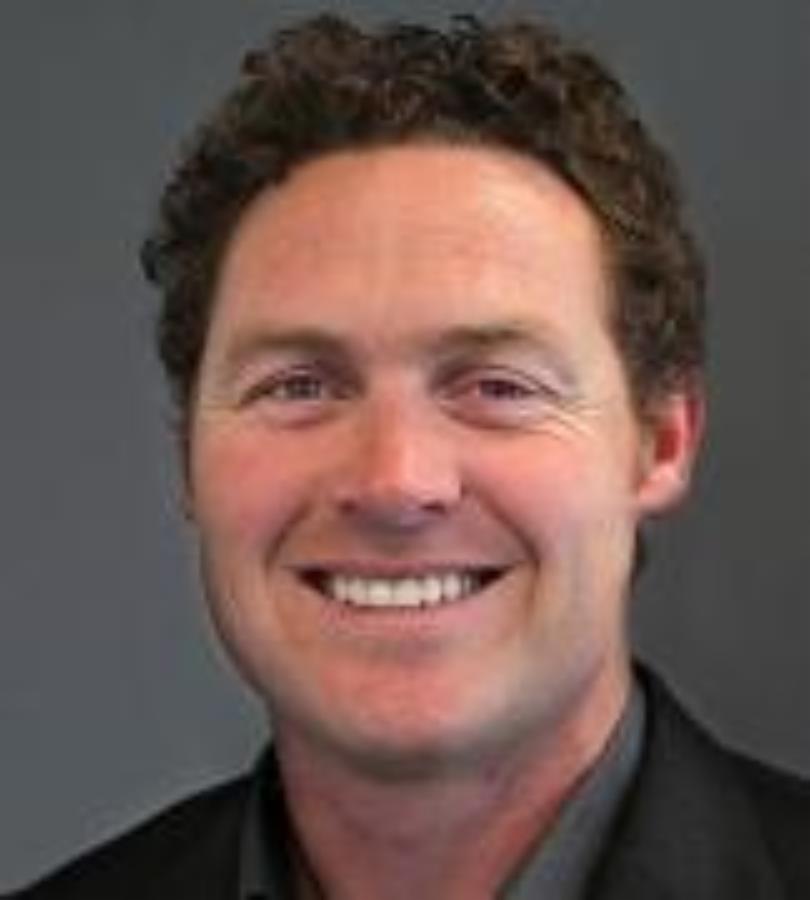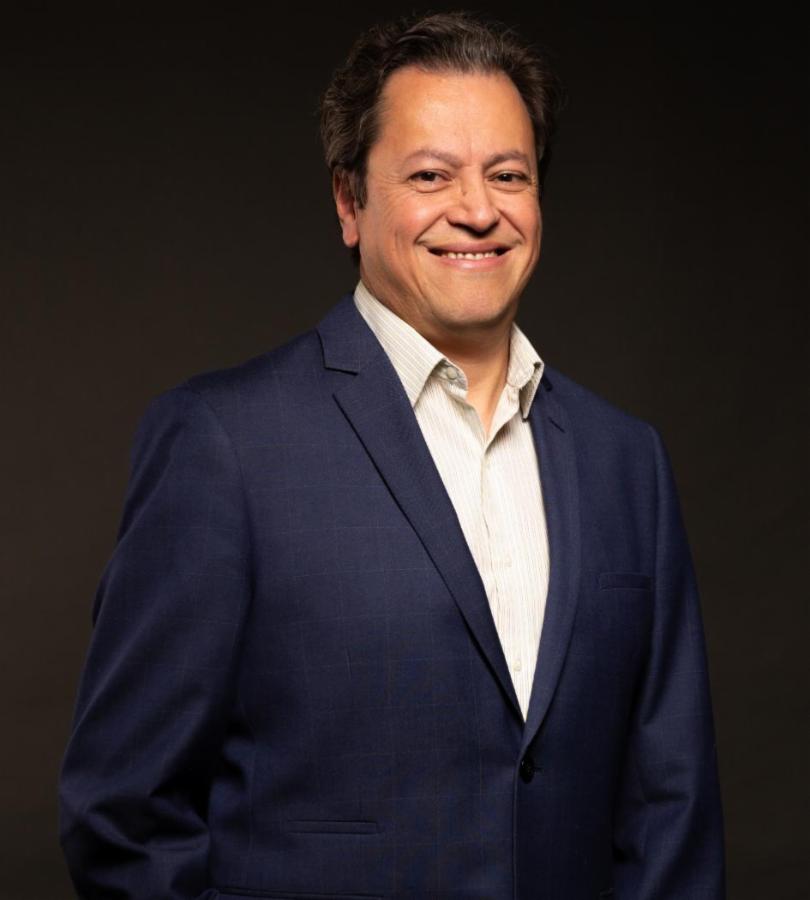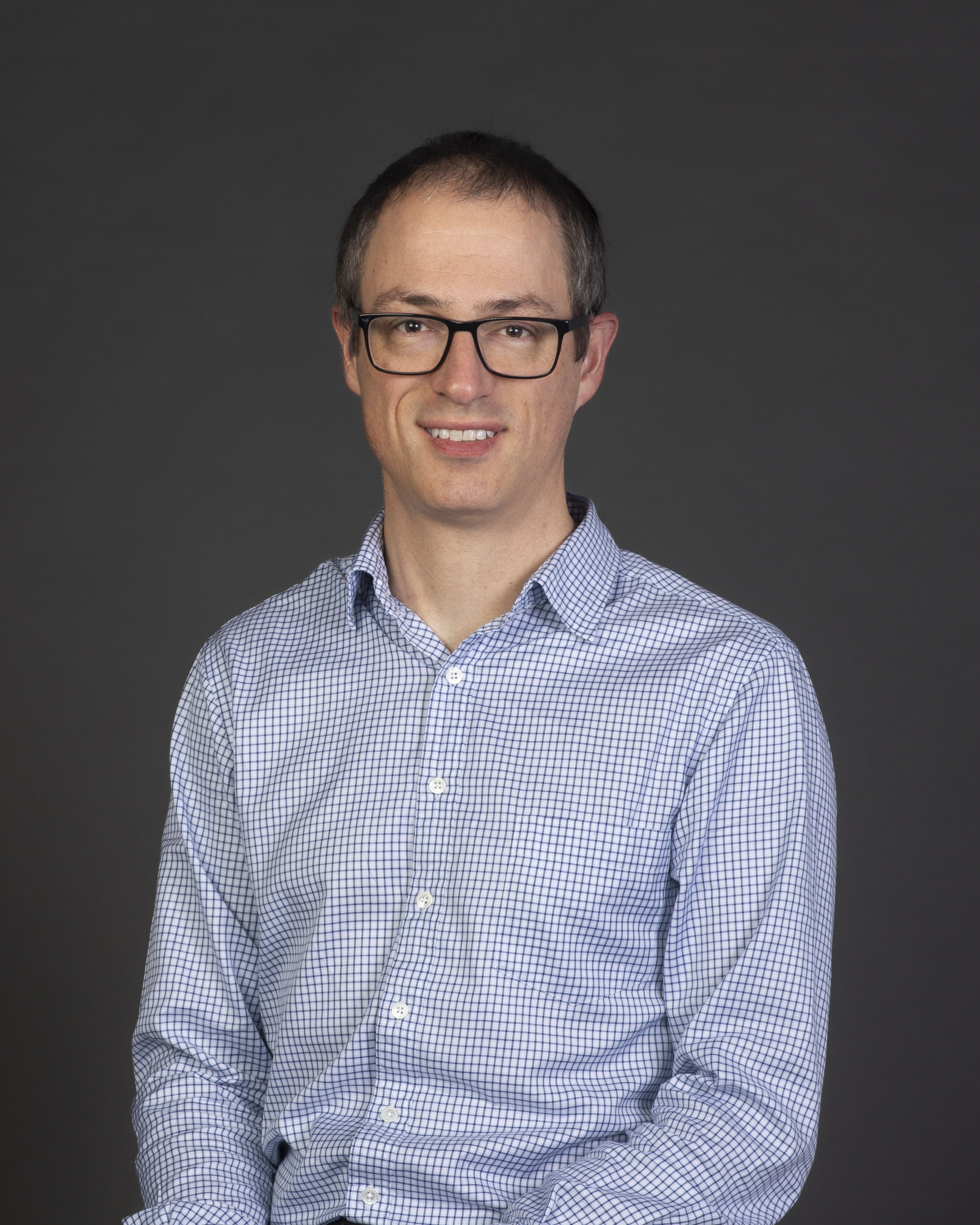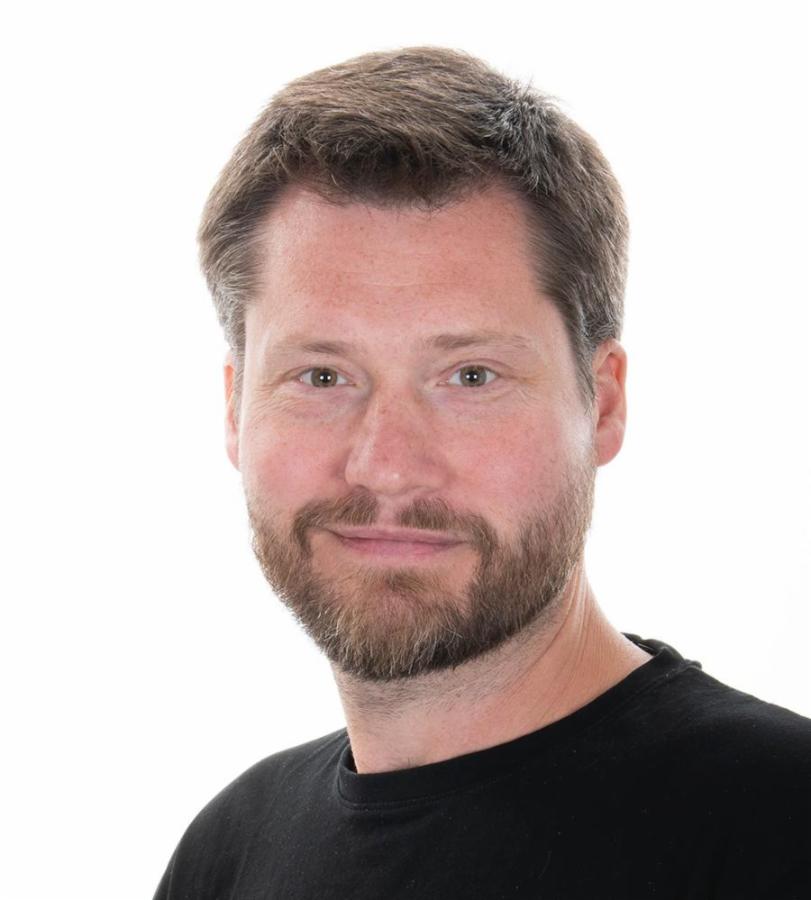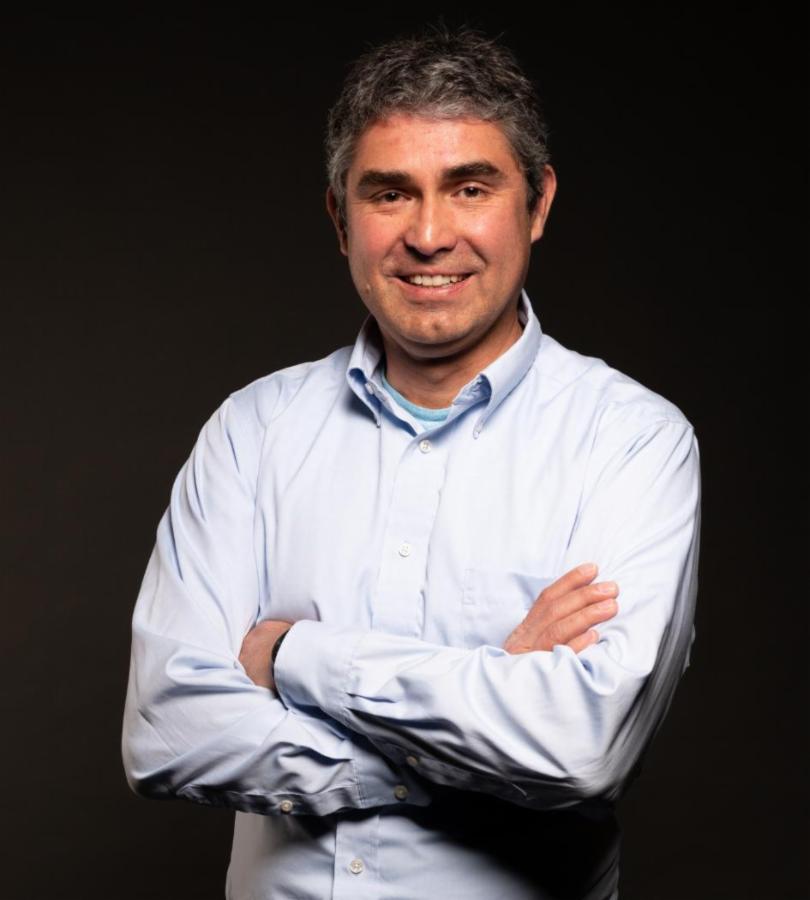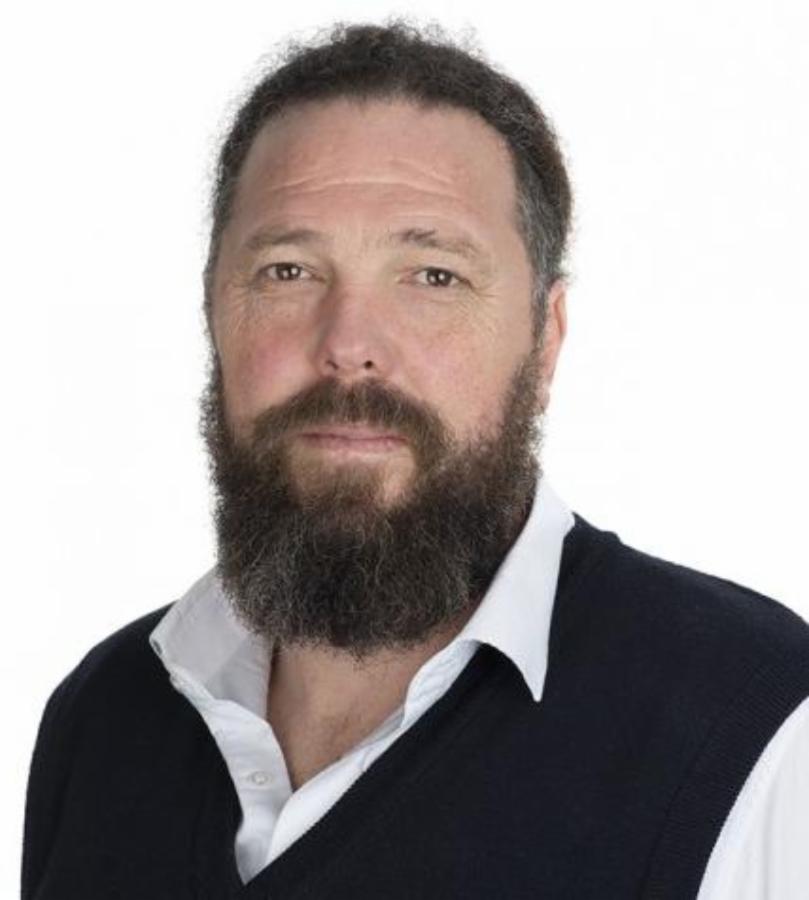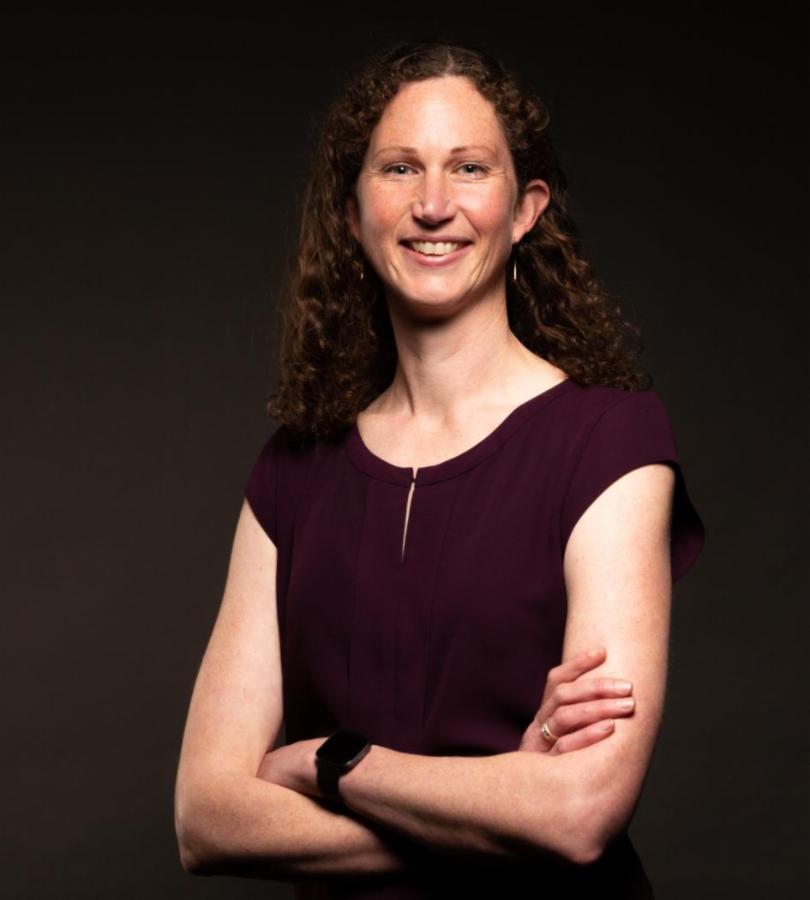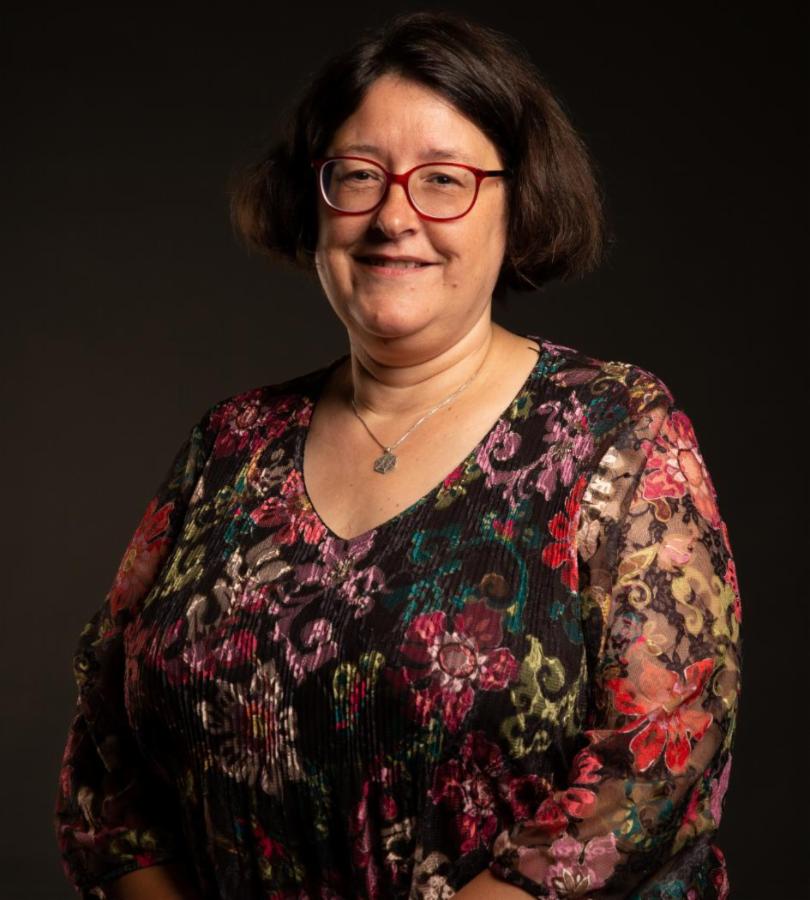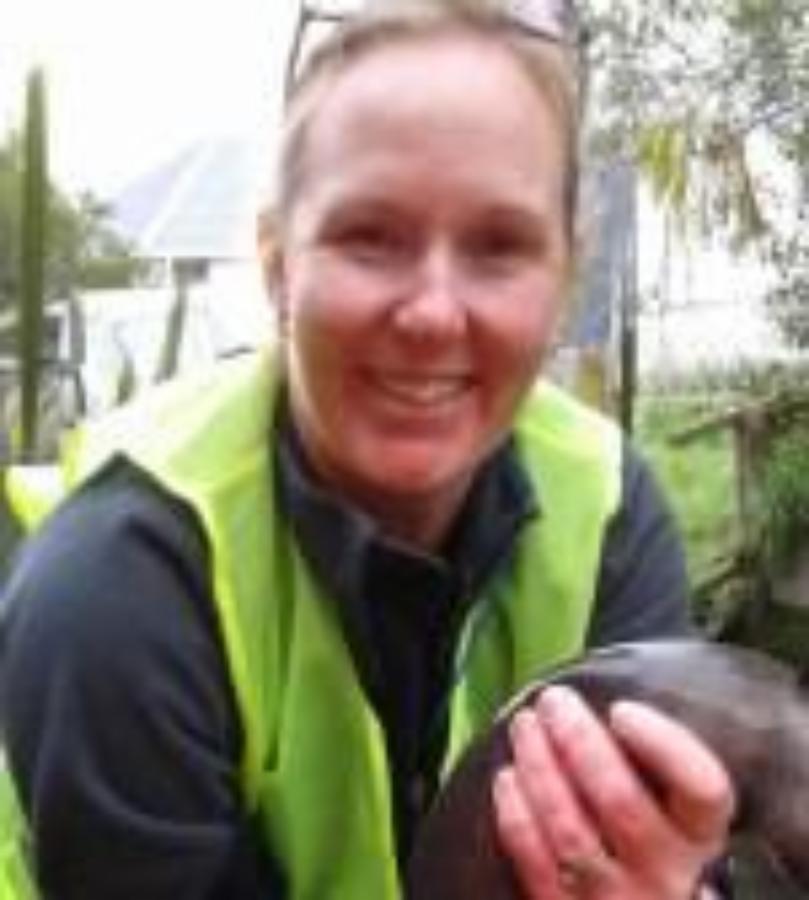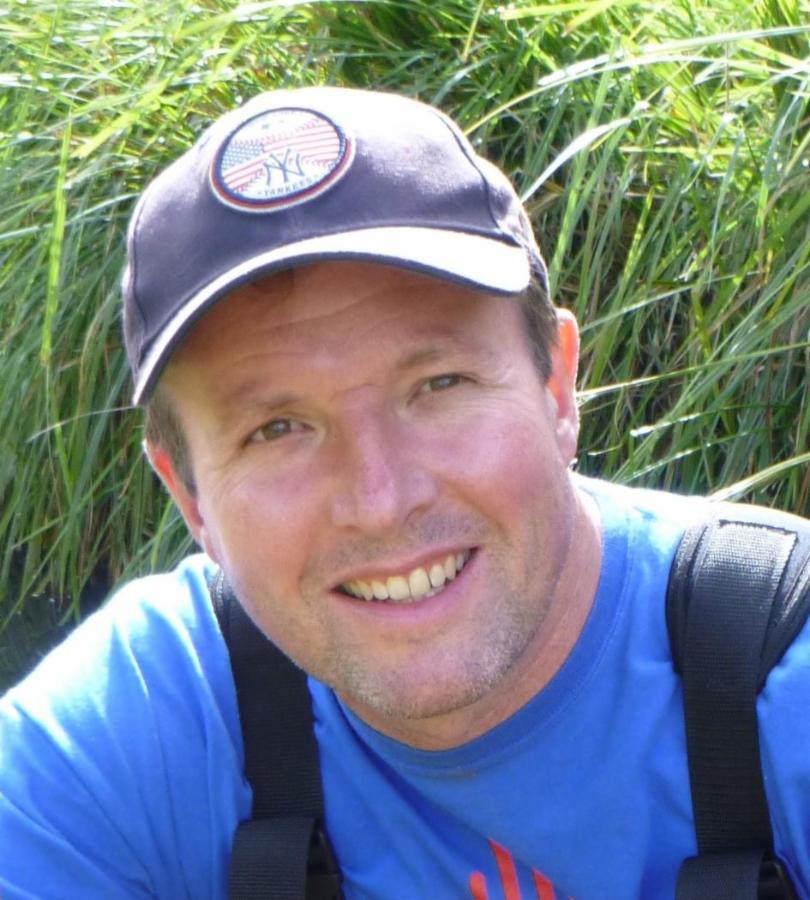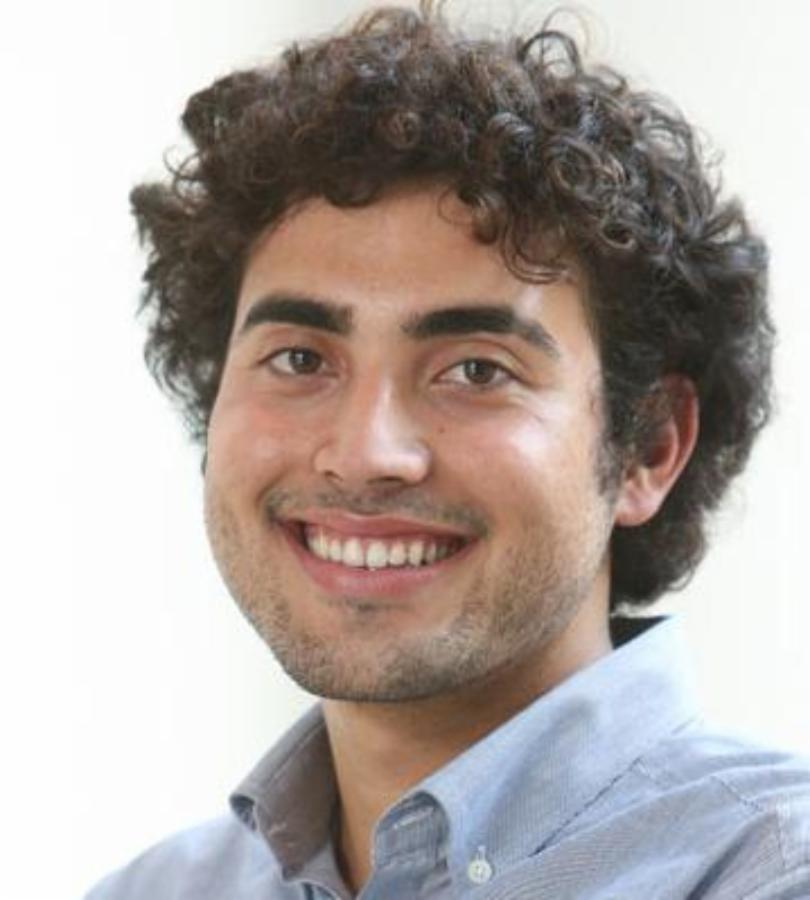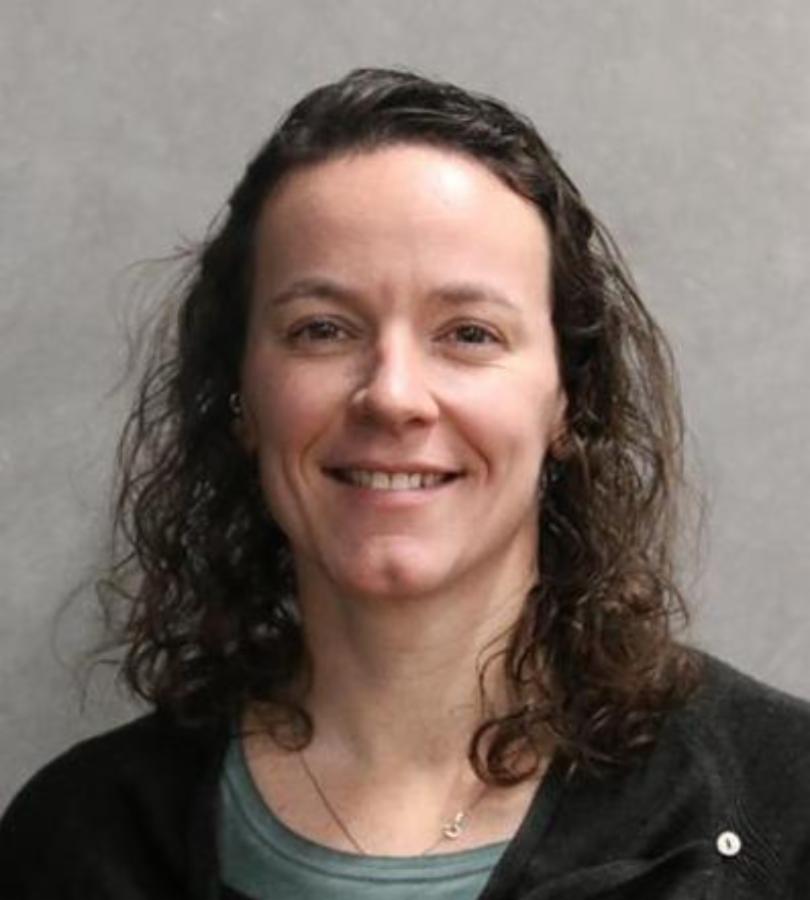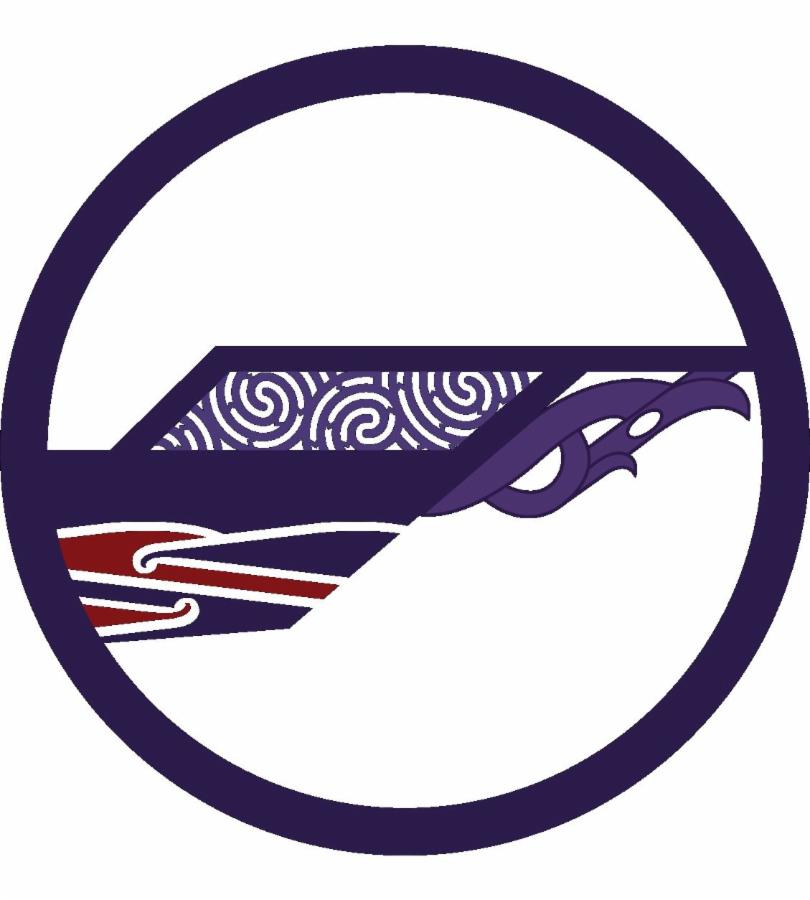Former Post-Doctoral Fellows
- Dr Kein Tat Wai (2022-2024) Novel engineered media for sustainable water treatment by biofabricating and valorising waste resources.
- Dr Mehrnoush Tangestani (2021-2022) Novel engineered media for sustainable water treatment by biofabricating and valorising waste resources.
- Dr Daniel Wicke (2009-2012) HydroEcological Modelling of Stormwater Contaminants
Former Doctoral Students
- Forrest Bilek (2018-2023) Variability in Stormwater Treatment: Identification and Quantification of Factors Affecting Manufactured Stormwater Treatment System Performance
- Gary Rorke (2020-2021) Valorisation of grape marc (waste) as a renewable energy that optimises for environmental, economic and social outcomes
- Frances Charters (2013-2016) Characterising and modelling urban runoff quality for improved stormwater management
- Benjamin Uster (2012-2015) The use of waste mussel shell in sulfate-reducing bioreactors treating mine-influenced waters
- Louise Murphy (2012-2015) Quantifying Spatial and Temporal Deposition of Atmospheric Pollutants in Runoff from Different Pavement Types
- Kirsti Biswals (2010-2013), Microbial Ecology & Genomics) Microbial Community Structure and Biofilm Development in a Moving-Bed Waste Water Treatment System
- Julia Valigore (2007-2011) Microbial (Microalgal-Bacterial) Biomass Grown on Municipal Wastewater for Sustainable Biofuel Production
- Craig McCauley (2006-2011) Assessment of passive treatement and biogeochemical reactors for ameliorating acid mine drainage at Stockton coal mine
- Mauricio Taulis (2004-2007) Groundwater Extraction and Disposal Modelling for Coal bed Methane
Former Masters Students
- Campbell Stevens
- Stephanie Patchett (2021-2023) Effectiveness of Flexi and Spoiler Baffles in Culverts for New Zealand Native Fish Passage
- Stephanie Koviessen (2022) Physical and Chemical Parameters of Various Waste Materials for Living Roof Systems
- Bruce (Bhuri) Rodprasert (2020-2021) Living roofs to treat adjacent roof runoff using waste media substrates
- Anna Nilsson (2019-2022) Anaerobic pond treatment of pig farm effluent in New Zealand: exploring opportunities for enhanced performance
- Rachel Skews (2018-2021) Mechanisms of dissolved Zn and Cu retention by mussel shells in a rapid-flow stormwater treatment system
- Henry Wadworth-Watts (2011-2012) Modelling the Hydrology of the Lake Clearwater Catchment
- Joseph Good (2010-2011) Monitoring and Modelling Water Quality Treatment and Hydraulic Efficacy of Rain Gardens
- S Bougard (2010) Hydraulic efficiency of urban infiltration systems
- Joe Wheeler (2007-2010) Hydrodynamic Modelling and Quantification of Available Habitat in Constructed Wetland Wildlife Reserves
- Yan (Sarah) Zhou (2005-2006) Modelling Retention Times in Constructed Wetlands
Former Research Assistants
- Dan Bowles (2023) Development of SAM v3 and printing filters for water filtration
- Florencia Ocampo Prieto (2023) Clean Water Technology for restoring Te Mana o te Wai
- Dr Nassim Jalil Mozhdehi (2022) PhD in Food Science, 3D Printing wastewater treatment filters from biowastes
- Zane Goggins (2022) 3D Printing biocarriers for wastewater treatment
- Turin Li (2021) Masters in Civil Engineering, Water Quality Testing of wastewater filters 3D Printed from biowastes
- Matthew Vining (2020) BE(Hons) in Environmental Engineering (Purdue, USA), Living roofs to treat adjacent roof runoff using waste media substrates
- Afrooz Bayat (2019-2020) PhD in Civil Engineering, Treating diffuse nutrients using waste seashells
- Banon Hopman (2019-2020) Bachelor in Product Design, Product Development and design of the Storminator™
- Frances Bodger (2013) ME Candidate in Civil Engineering, Fish passage and barrier control
- Ignacio Fraga Cadórniga (2012-2013) PhD candidate in Civil Engineering (Spain), Modelling stormwater contaminants sources in urban catchments
- Dr Darren Smalley (2011) Post-Doctoral Research Fellow in School of Biological Sciences, Getting the Stormwater Message Across
- Jeanette White (2010) ME candidate in Civil Engineering, Developing anti-fouling technologies for continuously logged water quality ‘ecosensors’
- Sophie Bougard (2010) National Water and Environment Engineering Institute in Strasbourg, France, Hydraulic efficacy of urban infiltration Systems
- Joe Good (2010) ME candidate in Civil Engineering, Developing anti-fouling technologies for continuously logged water quality ‘ecosensors’
- Tim Huber (2009) PhD candidate in Mechanical Engineering, Developing anti-fouling technologies for continuously logged water quality ‘ecosensors’
Former Honours Students
Bachelor of Engineering Honours in Natural Resources or Civil Engineering
- Linda Bos
- Jessica Frost
- Ariana Wilks and Josefien Van Dael (2021) Life Cycle Assessment (LCA) of Eco-Engineered Stormwater Treatment System
- Stephanie Patchett and Dylan Edwards (2020) Living roofs to treat adjacent roof runoff using waste media substrates
- Samuel Patterson and Matthew Wearn (2020) Hydraulic Modelling of the Storminator™
- Duncan Ross and Matthew Young (2020) The Storminator™ - A retrofit and sustainable stormwater treatment technology (I- Field-based)
- Lyle Hattle and Jack Harrison (2020) Life Cycle Assessment (LCA) of Eco-Engineered Stormwater Treatment Systems
- Melissa Klok and Jess Aldridge (2019) Life Cycle Assessment (LCA) of Eco-Engineered Stormwater Treatment System
- Sergio Hansen and Julian Maranan (2019) Treatment performance of an innovative downpipe stormwater treatment solution
- Elise Howe and Will Heffernan (2019) Treatment Media Lifespan and Long-Term Removal Rates of Dissolved Zinc in a Downpipe Treatment System
- Su Ko and Alex Evans (2013) Metal removal in sulphate-reducing bioreactors treating AMD
- Dan Bond and George Thompson (2013) Flow modelling green roof systems
- Peter Murphy and Mark Bassett (2012) Monitoring hydrological budgets in living roof systems at UC
- Rachel Bennett and Devon Bishop (2011) Modelling the Life Cycle Assessment of Stormwater Treatment Systems
- Gabrielle Parker (2010) GIS-based modelling of stormwater inputs into the Okeover Stream
- Summer Faulkner and Michaela Sherratt (2010) Lake Clearwater restoration initiatives
- Jenna Hutchinson and Edward Funnell (2008) Developing an Eco-Hydro Logical Model for stormwater management at UC
- Tess Mahar, Sophie Broad and Jesse Adams (2007) Quantifying Stormwater of University of Canterbury car parks for Resource Consent Renewal
- Amy Toole (2006) Raupo Manufacturing for the Ecologically Sustainable Production of Insulation and Building Materials
- Stuart Farrant (2006) Treatment of Stormwater Runoff in the Ephemeral Reach of the Okeover Stream; An Ecological Engineering Approach
- David Taylor (2005) Rural Drain Management at Te Waihora (Lake Ellesmere) Catchment, Canterbury
- Frances Bodger (2005) New Zealand's future fuel (Coal Seam Gas) with associated wastewaters. Is the wastewater an additional resource?
- S de Boer (2005) Acid Mine Drainage Remediation Study, Malvern Hills Coal Project, Canterbury
- Suzanne Marsh (2004) Acid Mine Drainage Treatment by Aeration and Constructed Wetland Systems
- Sarah Dudson (2004) Performance of Vegetated Swales for Stormwater Treatment
Bachelor of Science Honours in Engineering Geology
- Steve de Boer (2005) Acid-Mine Drainage Source Evaluation, Malvern Hills Coals Project
- Andre Alipate (2005) Acid Mine Drainage Remediation Study, Malvern Hills Coal Project, Canterbury
Bachelor of Science Honours in Environmental Science
- Catherine McGuinness (2000) Acid Volatile Sulphide analysis and determination from three wetland sites
- Laura Wharton (1999) Investigation of Sulphate Reducing Bacteria in the Constructed Wetlands at Tara Mines and of Environmental Factors Affecting Their Growth
- Maeve Rafferty (1999) Fauna and Algae in an Artificial Wetland Treating Mine Tailings Water
- Patrick Moran (1998) Retention of Heavy Metals and Sulphates by Artificial Wetlands at Tara Mines, Ireland
Former Summer Students
- Zhaoqi (Kaylee) Wu (2022-2023) Nutrient treatment using waste seashells
- Campbell Stevens (2022-2023) 3D Printing waste seashells for wastewater treatment
- Annika Gibson (2022-2023) Heavy Metal Adsorption using waste seashells
- Lauren Gadd (2021-2022) 2nd Year Chemistry student and Pūhoro STEMM Academy, Water Wellbeing Framework & 3-D Printing
- Gabby Rosemergy (2021-2022) 3rd Year Mechatronics, Virtual Reality story of the Clean Water Technology Project
- Zane Goggins (2021-2022) 3D Printing biocarriers for wastewater treatment
- Banon Hopman (2019-2020) Bachelor in Product Design, Prototyping the Storminator
- Sergio Hansen (2019-2020) BE(Hons) graduate in Natural Resources Engineering, Monitoring and modelling treatment efficiencies in the Storminator™
- Ting Powell (2013-2014) BE(Hons) candidate in Natural Resources Engineering, Modelling stormwater contaminants sources in urban catchments
- Hui Lieu (2013-2014) BE(Hons) candidate in Natural Resources Engineering, Modelling stormwater contaminants sources in urban catchments
- James Scouller (2012-2013) BE(Hons) candidate in Natural Resources Engineering, Monitoring hydrological and water quality budgets in living roof systems
- Nathaniel Claridge (2011-2012) BE(Hons) candidate in Civil Engineering, Structural considerations for living roof technologies for the Christchurch Rebuild
- Luke Edwards (2011-2012) BE(Hons) candidate in Natural Resources Engineering, Hydroecological considerations for living roof technologies for the Christchurch Rebuild
- John Paterson (2008-2009) BA BSc, Community Education in Urban Catchment Management to Rehabilitate Downstream Waterways
- Claire Shuker (2008-2009) BE(Hons) candidate in Natural Resources Engineering, Understanding the dynamics of contaminant transport from impermeable surfaces to urban waterways
- Jenna Hutchinson (2007-2008) BE(Hons) candidate in Natural Resources Engineering, Sediment Autopsies of Engineered Treatment Bioreactor using Scanning Electron Microscopy
- Nicola McHaffie (2006-2007) BE(Hons) candidate in Natural Resources Engineering, Geotechnical Analysis of Hydraulic Properties of Substrates for Engineered Treatment Wetlands at Stockton Mines, New Zealand
- Ellie Taffs (2006-2007) BE(Hons) candidate in Natural Resources Engineering and Bachelors Law, Quantifying Stormwater Contaminants in Water and Sediments in the Okeover, Christchurch
